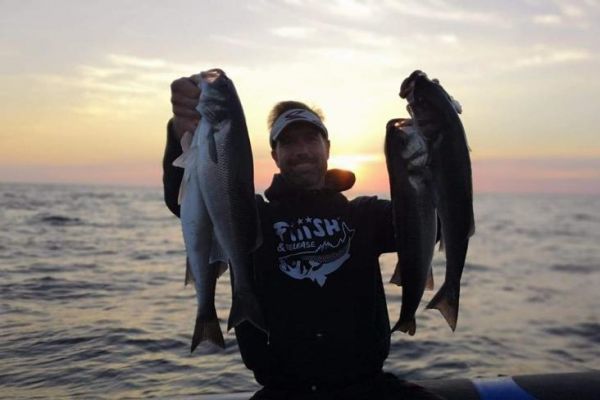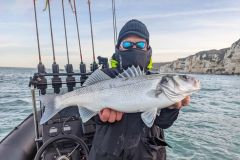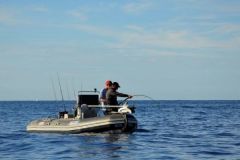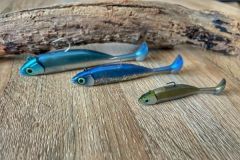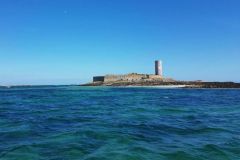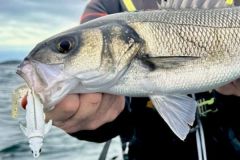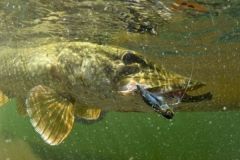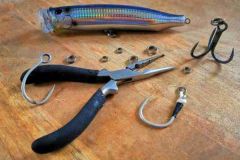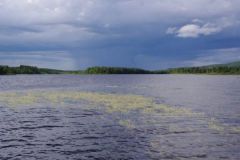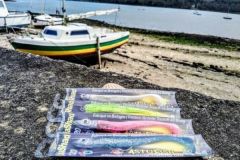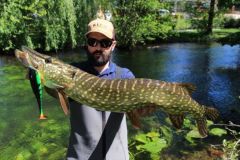Around Chambre
The second area to explore when fishing the Glenan is the Chamber entrances and exits. These deeper zones, around 8 to 15 m, are corridors between the rocks. It is through these spaces that the chamber fills and empties with the tides, and which are naturally more exposed to the current.
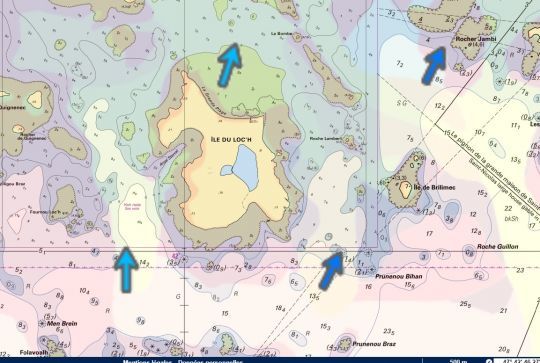
Places of passage
These channels are obviously obligatory passageways for sea bass transiting between the Chamber and the outside world. It therefore makes sense to intercept them here. What's more, as these channels inevitably act as funnels, they concentrate the current (which remains weak!) and therefore the food supply.
Exposed to swell
The outer areas close to the House are therefore particularly touchy, with a large number of them emerging in the dip. These areas are the first to be exposed to swell and wind, and are bound to produce surf and foam, attracting a large number of predators to the foot of the exposed rocks.

Fish for moss
On windy days and when a swell is well formed, it pays to go for the bass on the outside near the House. Choose the most exposed side and don't hesitate to cast a hard or soft lure as close as possible to the rocks. The moss-whitened area is often the most strategic spot. However, it's essential to observe basic safety rules and not to be too greedy!
Look a little deeper
If you're not prospecting for emerging rock heads, then you'll need to fish deeper, say between 10 and 15 metres on average. Lures will be slightly more voluminous and heavier-weighted than in the Chamber in general, and you'll be well advised to use slugs, which imitate the sand eels that are numerous in this type of position. The sandy corridors dotted with rocks are very numerous on the shores of the Chambre.
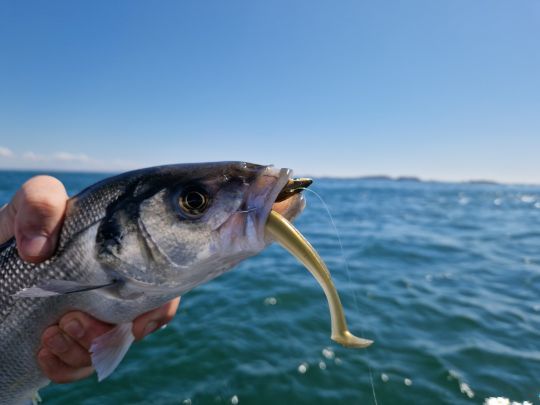
Linear and flight
Linear and fly fishing with 12 to 15 cm slugs or shads in the same sizes are the norm for fishing these areas. The most common weights are between 15 and 25 g, depending on the depth and profile of the lure chosen. On windy days, it is sometimes useful to fish heavier to maintain good line control. On these spots, even if it's possible to "scrape" a few stalled fish, the aim is to find active fish, so it's best to look for them in the water layer.
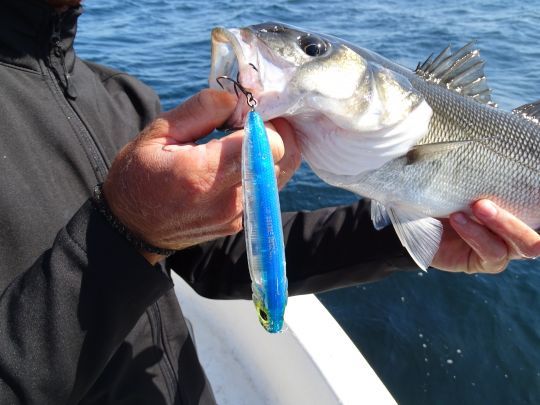
Big stickbaits
In these areas, which are deeper but also sometimes more agitated than the chamber, surface lures need to be more substantial to entice bass up 10 or 15 m. Models of 13 to 15 cm are the most effective and allow long-distance casts for perfect prospecting.
At such depths, it's best to fish slowly, i.e. with multiple passes and pauses to allow the predator to cross the water layer.
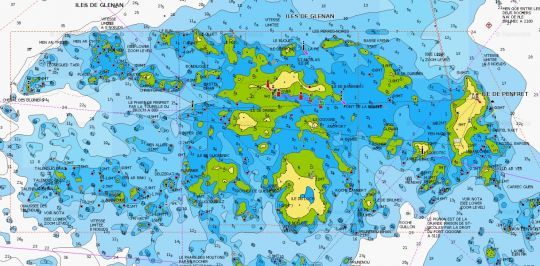
The right combo
Given the lures you'll be using, a 10-50 g, 7.6-foot rod will be the best choice for fishing the outer reaches of the lake. A reel in size 4000, fitted with PE1.2 braid and a 30/100 leader will complete your outfit and give you the versatility you need to practice all the techniques you want.
